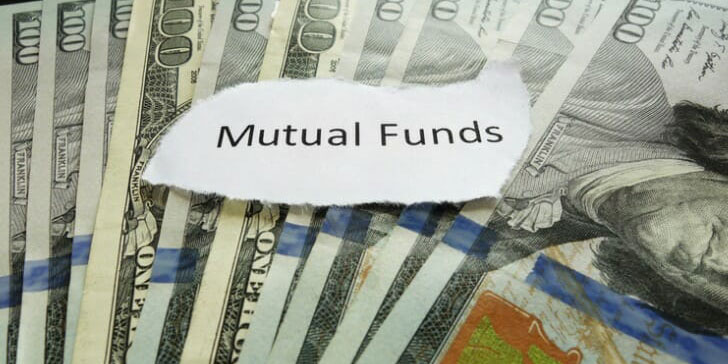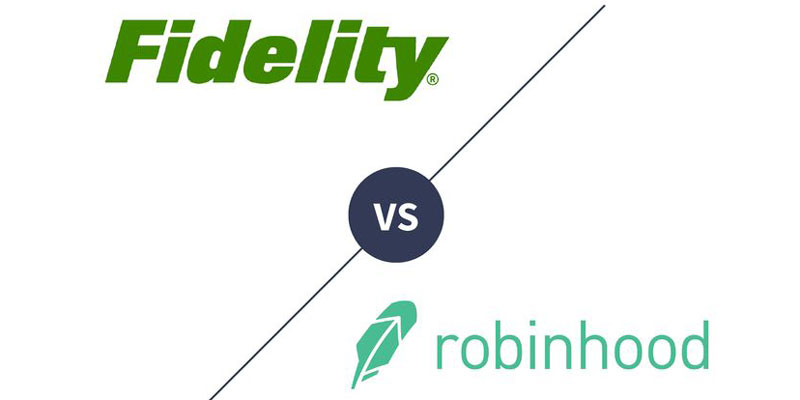Form 2439 Explained: Navigating Undistributed Long-Term Capital Gains
Jan 08, 2024 By Susan Kelly
Form 2439, a crucial document for shareholders in the United States, communicates pertinent tax information related to their investments. Issued by regulated investment companies and real estate investment trusts, this form reports the shareholders' proportionate share of undistributed long-term capital gains. The significance of Form 2439 is heightened during the tax return period as it provides the necessary details for accurately filing tax obligations. This guide aims to simplify the complexities of Form 2439, offering a thorough understanding of its components, the process of handling it, and the tax implications associated with it. With this knowledge, shareholders can confidently navigate their tax responsibilities and optimize their financial management.
Overview of Form 2439

Form 2439 comprises two essential sections, each serving a distinct purpose. The first section reports the shareholder's proportionate share of undistributed long-term capital gains from regulated investment companies or real estate investment trusts. It also includes any foreign tax paid by these entities on the shareholder's behalf. This information is crucial for shareholders as it must be reported on their federal income tax return. The second section of the form provides important details regarding any excess foreign tax credits, which may be claimed by the shareholder on their tax return.
Understanding Undistributed Long-Term Capital Gains
Long-term capital gains are profits earned from selling assets held for more than one year. These gains are subject to lower tax rates compared to short-term capital gains, providing a significant advantage for shareholders. When a regulated investment company or real estate investment trust does not distribute these gains to its shareholders, they are reported on Form 2439 as undistributed long-term capital gains.
How to Properly Fill Out Form 2439?
Filling out Form 2439 correctly is crucial to ensure accurate reporting and avoid any potential issues with the Internal Revenue Service (IRS). The following steps will guide shareholders in completing this form:
- Gather all necessary information: Before starting to fill out Form 2439, shareholders should collect all relevant documents, such as their investment statements from regulated investment companies or real estate investment trusts.
- Enter personal information: The first section of the form requires shareholders to provide their name, address, and taxpayer identification number (usually a Social Security Number).
- Report undistributed long-term capital gains: Shareholders should refer to their investment statements to accurately report their proportionate share of undistributed long-term capital gains from regulated investment companies or real estate investment trusts.
- Include any foreign tax paid: If the regulated investment company or real estate investment trust has paid foreign taxes on behalf of the shareholder, this should be included in the first section of Form 2439.
- Calculate excess foreign tax credit: The second section of Form 2439 requires shareholders to calculate their excess foreign tax credits, if applicable, based on the information provided in the first section.
- Double check for accuracy: It is essential to review Form 2439 carefully before submitting it to ensure all information is accurate and complete.
Tax Implications of Form 2439

Form 2439 has important tax implications for shareholders, as it impacts their overall taxable income and determines any potential foreign tax credits. Here are some key points to keep in mind:
- Reporting requirements: Shareholders must report any undistributed long-term capital gains from regulated investment companies or real estate investment trusts on their federal income tax return using Form 2439.
- Taxable income: The proportionate share of undistributed long-term capital gains reported on Form 2439 is added to the shareholder's taxable income, potentially increasing their tax liability.
- Excess foreign tax credits: If the regulated investment company or real estate investment trust has paid foreign taxes on behalf of the shareholder, they may be able to claim excess foreign tax credits on their tax return using the information provided in Form 2439. These credits can help reduce the shareholder's overall tax liability.
How to report information from Form 2439 on your tax return?
When filing their federal income tax return, shareholders should accurately report the information from Form 2439 on Schedule D (Form 1040). This form is used to report capital gains and losses. Shareholders may also need to file Form 1116 if they are claiming foreign tax credits based on the excess foreign taxes reported on Form 2439. It is essential to carefully follow the instructions and guidelines provided by the IRS when reporting information from Form 2439 on tax returns.
Best practices for handling Form 2439
To ensure the smooth handling of Form 2439 and avoid any potential issues, shareholders should keep the following best practices in mind:
- File on time: It is crucial to file Form 2439 by the due date, usually April 15th, to avoid penalties and interest.
- Keep relevant documents: Shareholders should keep all relevant documents related to their investments, including Form 2439, for at least three years in case of any IRS inquiries.
- Seek professional help: If shareholders are unsure about how to properly complete Form 2439 or have complex tax situations, it is always best to seek advice from a tax professional. This can help prevent errors and ensure accurate reporting.
Conclusion
Form 2439 plays a crucial role in reporting and managing shareholders' investments in regulated investment companies or real estate investment trusts. By understanding the purpose and requirements of this form, reporting undistributed long-term capital gains and excess foreign tax credits can be done accurately, reducing potential issues with the IRS. Shareholders should follow best practices for handling Form 2439 to ensure timely and accurate filing. If unsure, consulting a tax professional can help navigate the complexities of this form and avoid any potential penalties. Overall, Form 2439 serves as an important tool for shareholders to properly report their investments and manage their tax liabilities.

Avoid Lump-Sum Distributions

Should you pay off debt or save first

How to Buy Stocks Step by Step: A Comprehensive Guide to Investing

How Much Money Do You Need to Be Rich

Fidelity Investments vs. Robinhood

Review of the Starbucks Rewards Visa Card for 2022

Form 2439 Explained: Navigating Undistributed Long-Term Capital Gains

Deciphering Financial Choices: Cash Management Account vs. Money Market Fund

Efficiency Ratio: The Financial Metric That Calculates How Profitable Your Bank Is

